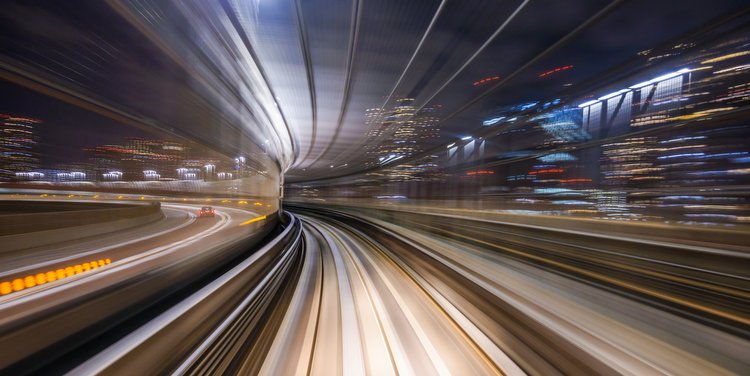As the debate over light rail goes on, a report from the Cato Institute shows endemic mismanagement of funds and project estimates which aren’t worth the paper they are written on. The report shows several projects coming in at double their original budget. Among 35 projects studied in the institute’s report, 33 overestimated the number of riders while 28 underestimated costs. The worst offenders include the Boston Big Dig, which was originally budgeted at $2.6 billion in 1985 (which wound up costing $14.6 billion), and NYC’s East Side Access, which came in a massive 151 percent over budget at $10.8 billion.
Light rail is praised by its supporters for being an effective way to increase public transport uptake, reduce pollution and push traffic towards local businesses. But detractors criticise the government’s management of investment. One former San Francisco mayor even suggested the huge gaps between budgets and actual costs are deliberate, saying in a newspaper column, “If people knew the real cost from the start, nothing would ever be approved.” The Cato Institute goes as far in its report to dismiss light rail projects as boondoggles, or useless projects which continue due to political motivations. It says “bloated” transportation initiatives like this cost the US Treasury $13 billion a year.
A report from the General Accounting Office has been used by light rail supporters to dispute this narrative — it found costs for 23 of 32 new projects given the green light by the Federal Transit Administration‘s Capital Investment Grant Program between 2005 and 2013 wound up costing within ten percent of their original cost estimates. In other words, still over budget. So what is the solution to this debate? Cato report author Chris Edwards suggests that federal money is removed from the equation, leaving state and local governments to “make more efficient decisions.”
If you think Light Rail should not be funded with federal dollars, please Like & Share this post.








